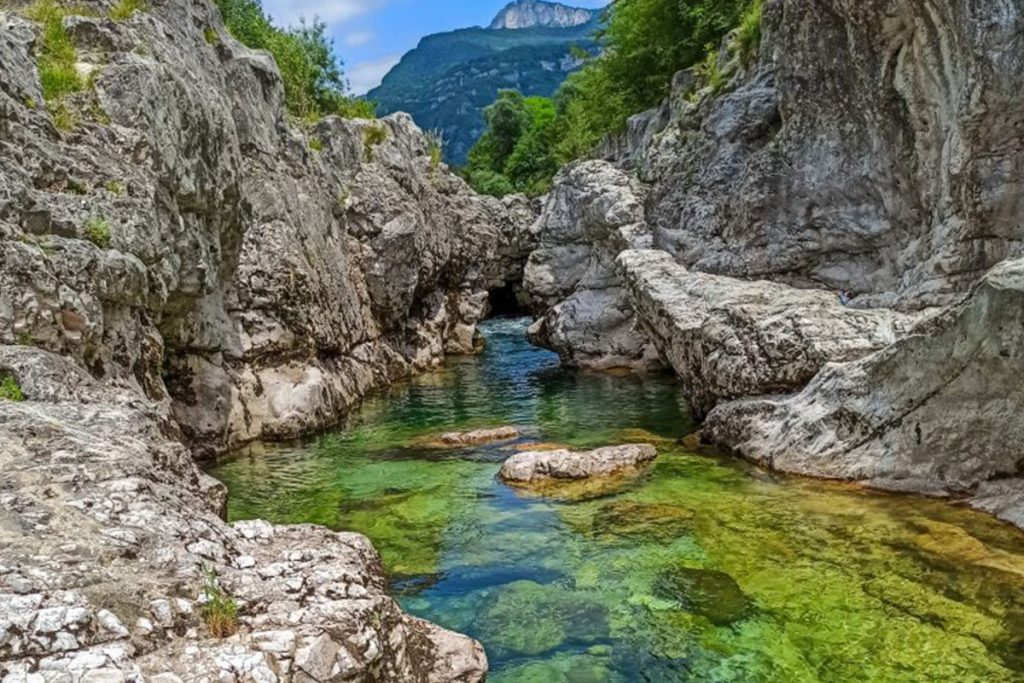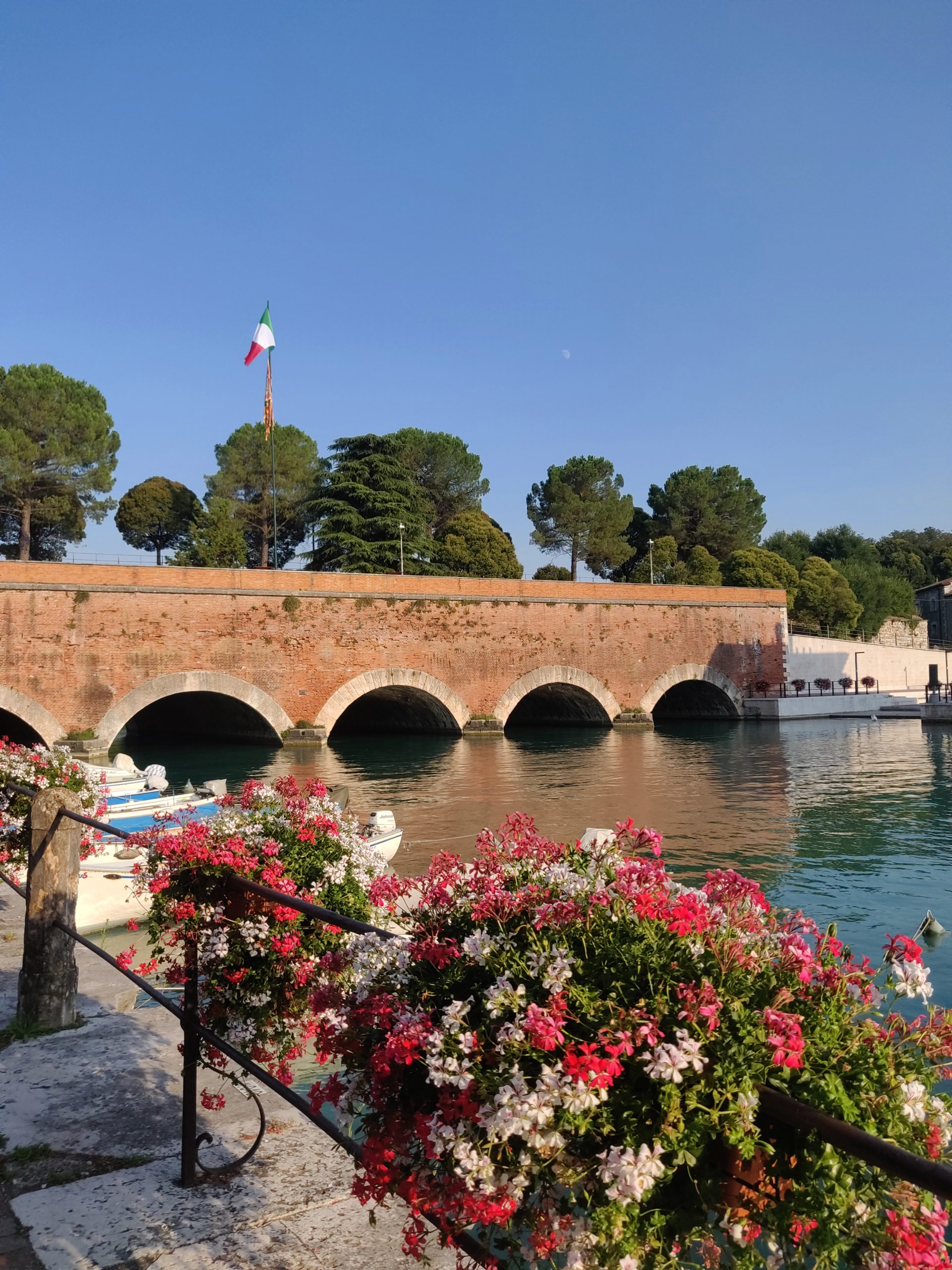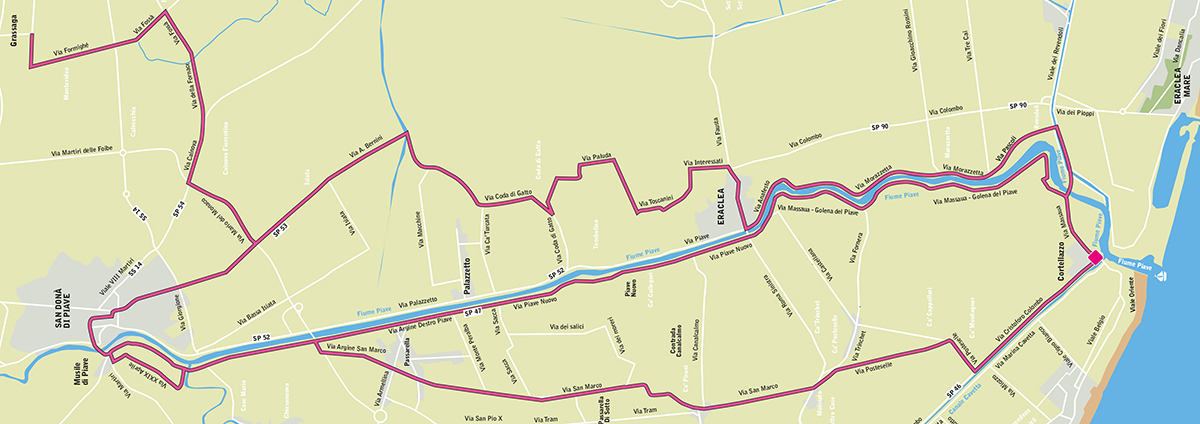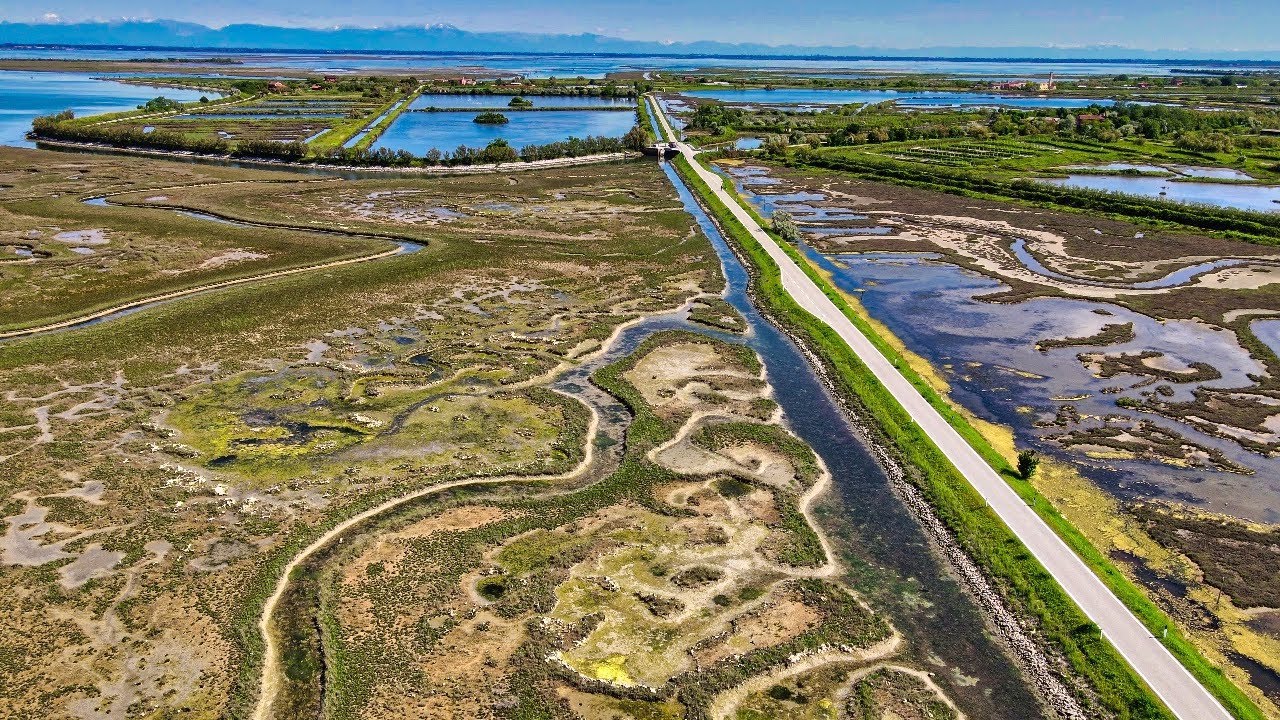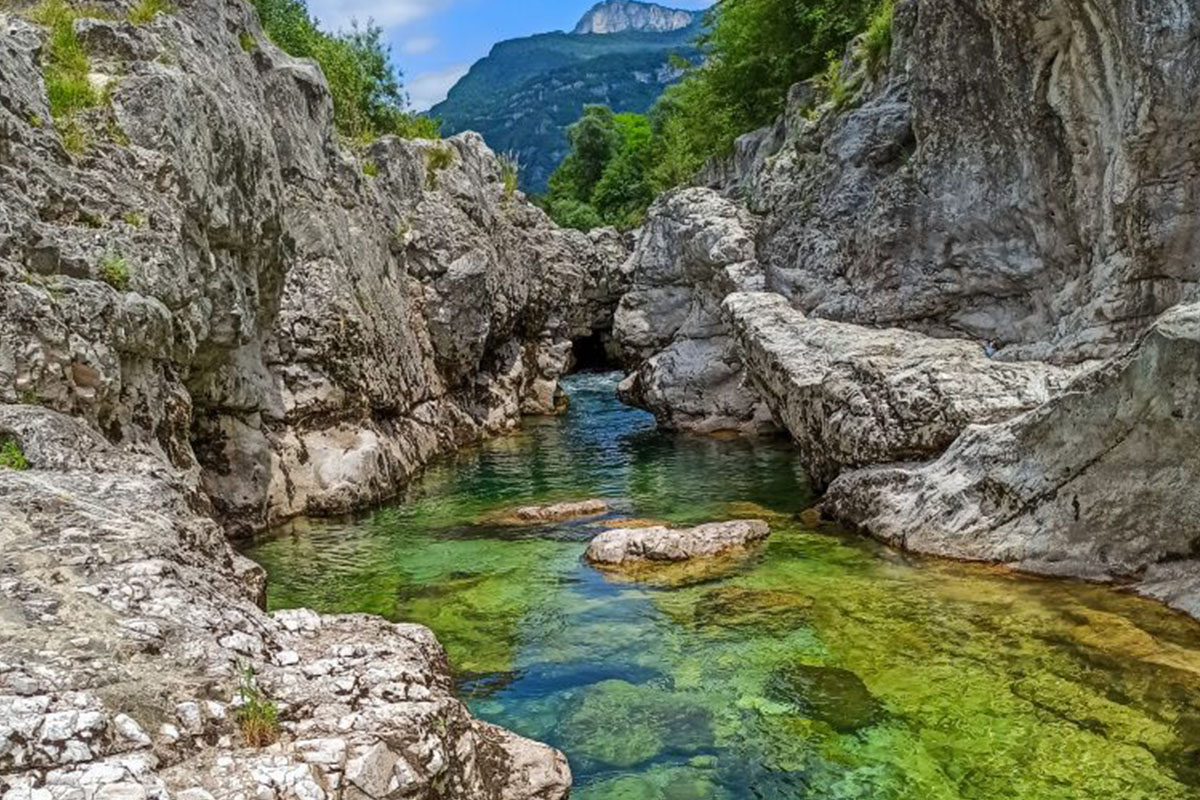
Veneto and its attractions
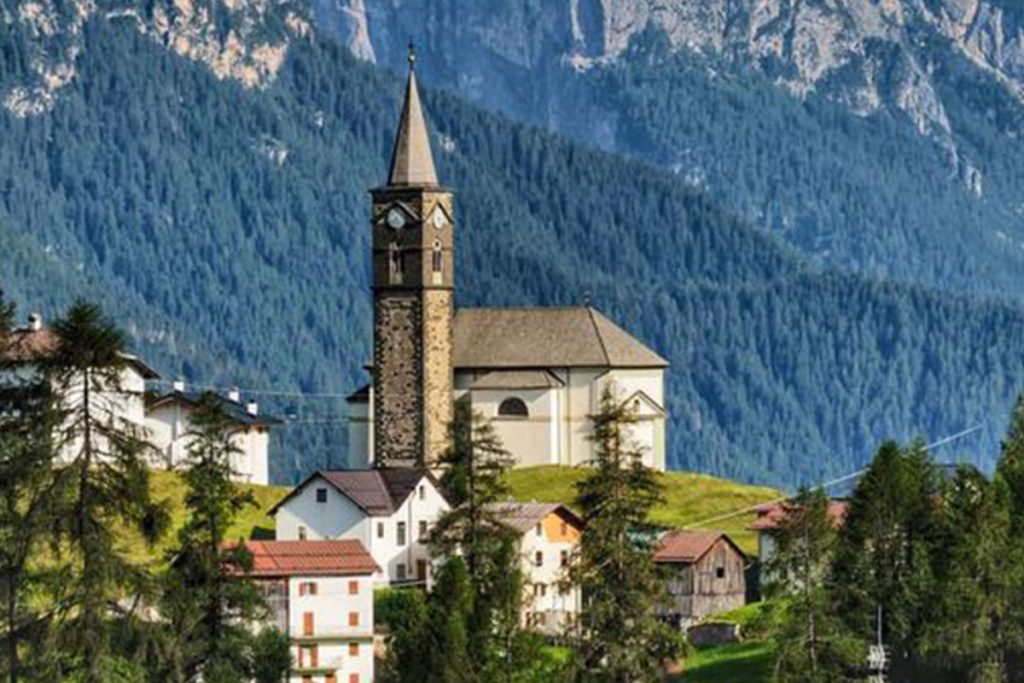
BELLUNO | Rocca Pietore
Located in the Upper Agordino area, in the heart of the Dolomites, Rocca Pietore is located to the right of the Cordevole river. The name derives from the Ladin La Ròcia, or fortress, as in ancient times, it housed a Lombard Arimannia, a military-type settlement placed to defend the area. There are natural masterpieces such as the Serrai and the Marmolada, queen of the Dolomites, located on the border between Veneto and Trentino. Amongst the places certainly worth visiting is the Agordino village of Sottoguda, an ancient village characterised by numerous tabiéi, wooden barns widespread in the Dolomite area of Ladin culture, used by farmers for the storage of hay, the shelter of cattle and keeping agricultural tools. FUN FACT: The Museum of the Great War in Marmolada was built at the Punta Serauta cable car station. Located at a height of 3,000 meters, it is the highest museum in Europe.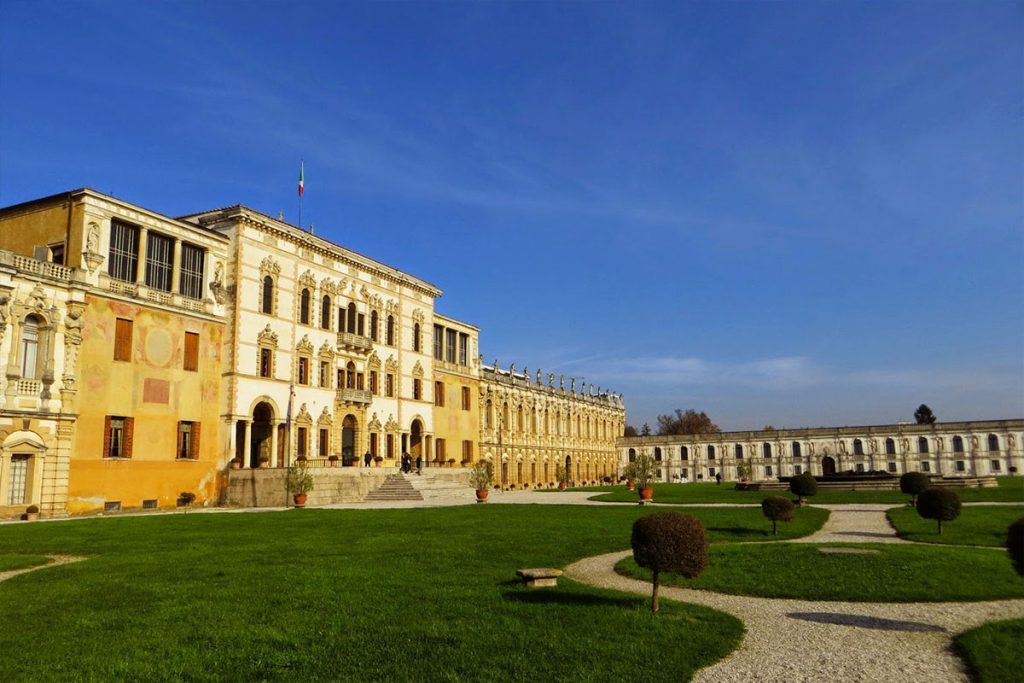
PADOVA | Piazzola sul Brenta
It is a town to the north of the province of Padua that runs along the banks of the Brenta river. Its origin has been dated by scholars back to the 10th century due to the presence of a castle, which first belonged to the Dente, then to the Belludi and finally to the Carraresi, lords of Padua. One of the most evocative places in Piazzola and one of the most beautifully kept villas in Veneto was built on the remains of the ancient castle: Villa Contarini. In Baroque style, the villa remained a rural residence until the second half of the seventeenth century. It was then Marco Contarini, procurator of San Marco, who enlarged the building making it like a Royal Palace. It is one of the famous examples of a patrician residence that contributed to creating the “Civilization of the Venetian Villa”. FUN FACT: The music room of Villa Contarini is called the “room of the inverted guitar” because, due to its structure, it has a mechanism similar to a sound box.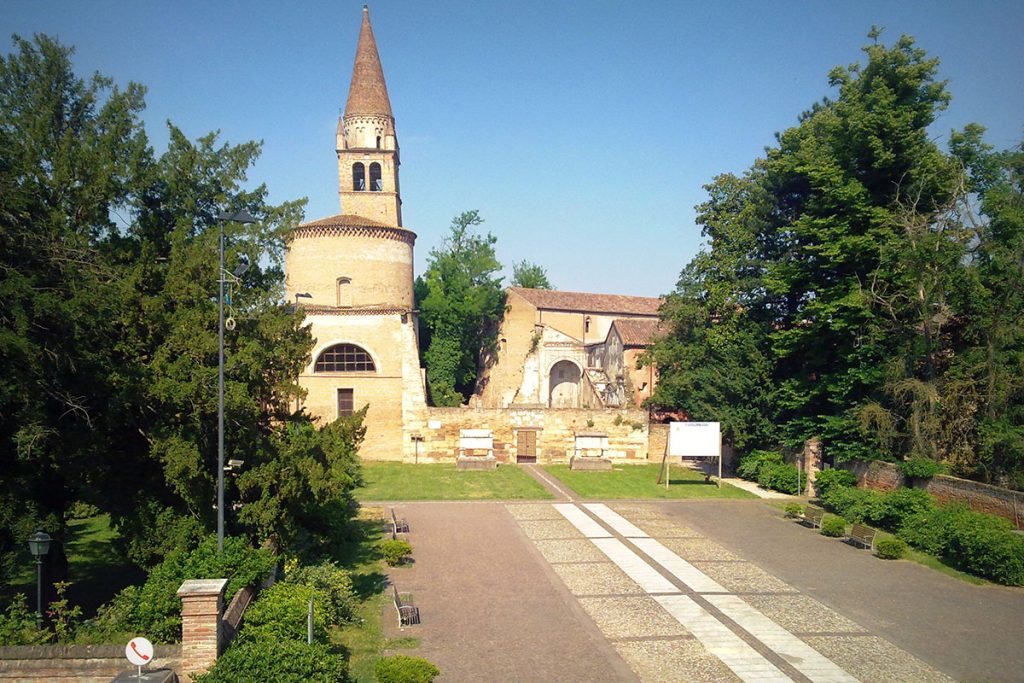
ROVIGO | Badia Polesine
Located to the west of Rovigo, Badia Polesine rises on the right bank of the Adige River and owes its name to the Vangadizza Abbey, an important Benedictine monastery founded before 1000 AD and suppressed in 1810 during the French domination. Amongst the most beautiful buildings, besides the Abbey, is the Teatro Sociale Balzan. Built in 1812, according to the will of Bartolomeo Dente, the building is rich in friezes in relief and gold leaf, which led it to assume the nickname of “Piccola Fenice”, due to its resemblance to the great Venetian theatre. Despite its success, the theatre was closed when its costs became unsustainable for its owners, the last performance was Tosca in 1905. FUN FACT: In the square in front of the Vangadizza Abbey are two marble sarcophagi, Alberto Azzo II d’Este and his wife, progenitors of the noble Este family.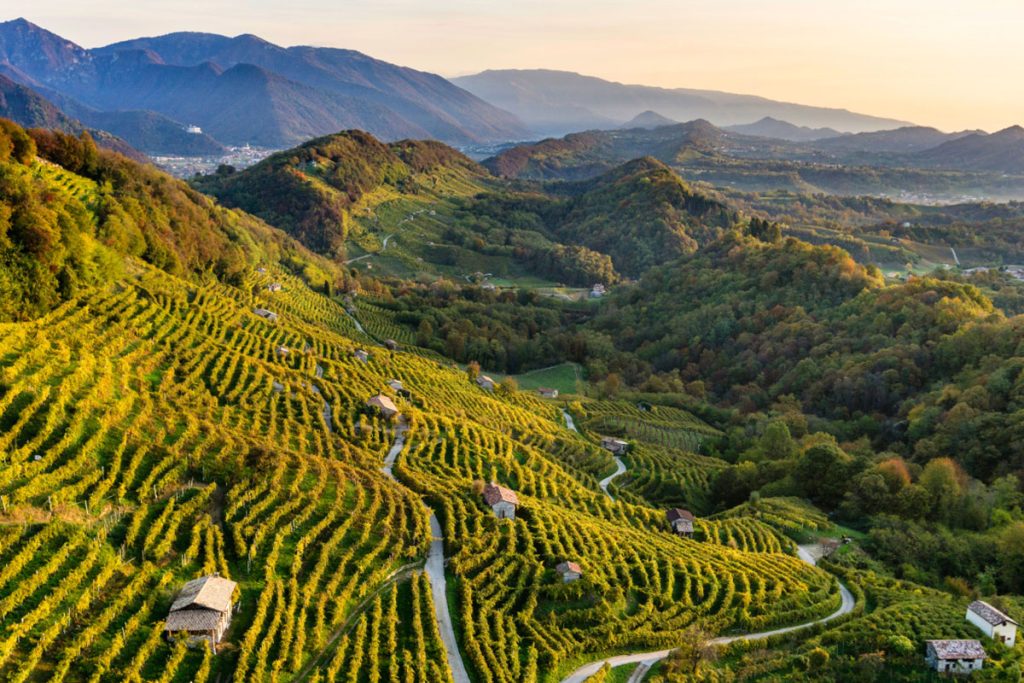
TREVISO | Valdobbiadene
The heart of Prosecco Superiore, the municipality of Valdobbiadene is nestled in Unesco Heritage hills. Paolo Diacono, in his Historia Langobardorum mentions the town calling it Duplavilis, from which the current toponym was derived. The centre of the city is Piazza Marconi, overshadowed by the solitary bell tower dating back to 1743 and the Cathedral of Santa Maria Assunta which dates back to the 15th century, which was converted into neoclassical style in the 18th century. A point of interest is Villa dei Cedri, a nineteenth-century building born as a spinning mill. In 1840 it was refurbished, and the building was enlarged by creating a new wing and its current appearance with a central body characterised by frescoes and paintings was created. FUN FACT: Villa dei Cedri was the location of the “National Sparkling Wine Show” for forty years; today it hosts various events including “Calici di Stelle”, which takes place in August.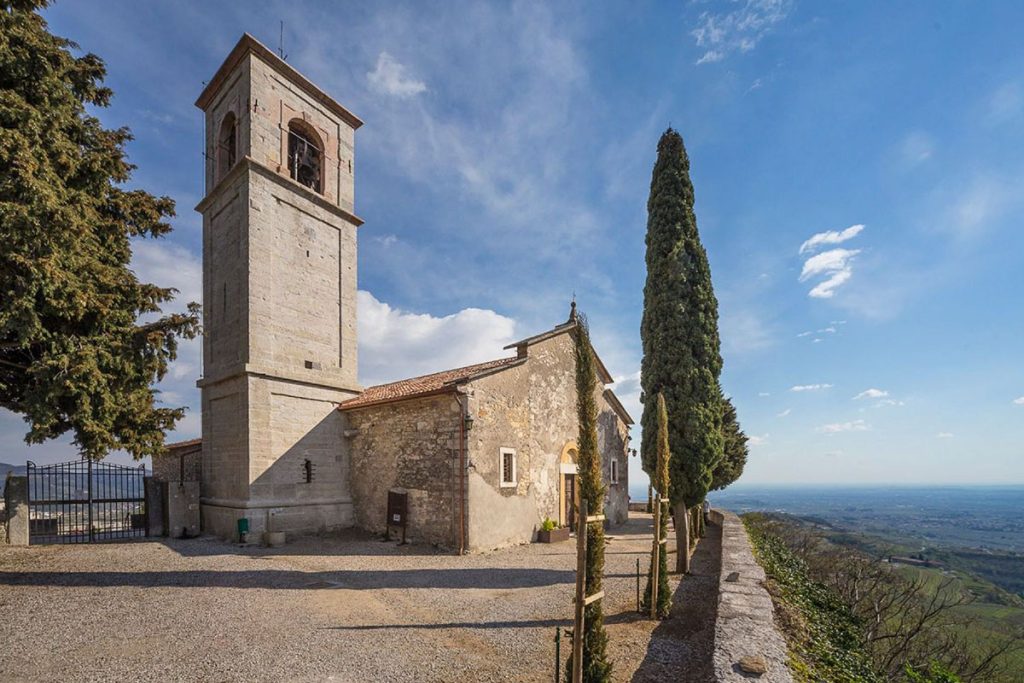
VERONA | Marano di Valpolicella
In Valpolicella, a hilly area that precedes the beginning of the Veronese Prealps, it includes the territory of seven municipalities all belonging to the province of Verona. The ordered terracing and the many orchards make this valley, set between the Negrar and Fumane valleys, one of the most evocative in the area. In addition to the view that is striking, between Marano and Sant’Anna d’Alfaedo, there is a Tibetan bridge, a breath-taking path on a footbridge 52 meters high, over the Valsorda stream. Whilst San Rocco, a small fraction of the municipality, is famous not only for its traditional restaurants, but also for the beautiful and intimate Sanctuary of Santa Maria Valverde. FUN FACT: The term Valpolicella derives from the Latin vallis polis cellae or “valleys with many cellars”, due to the millenary traditions of wine production in this area.